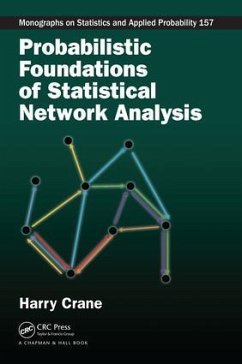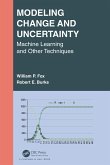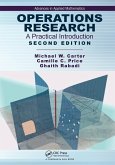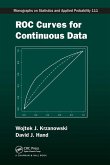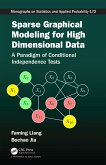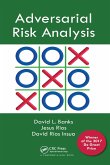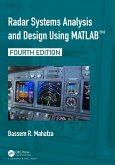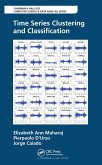Probabilistic Foundations of Statistical Network Analysis presents a fresh and insightful perspective on the fundamental tenets and major challenges of modern network analysis. Its lucid exposition provides necessary background for understanding the essential ideas behind exchangeable and dynamic network models, network sampling, and network statistics such as sparsity and power law, all of which play a central role in contemporary data science and machine learning applications. The book rewards readers with a clear and intuitive understanding of the subtle interplay between basic principles of statistical inference, empirical properties of network data, and technical concepts from probability theory. Its mathematically rigorous, yet non-technical, exposition makes the book accessible to professional data scientists, statisticians, and computer scientists as well as practitioners and researchers in substantive fields. Newcomers and non-quantitative researchers will find its conceptual approach invaluable for developing intuition about technical ideas from statistics and probability, while experts and graduate students will find the book a handy reference for a wide range of new topics, including edge exchangeability, relative exchangeability, graphon and graphex models, and graph-valued Levy process and rewiring models for dynamic networks.
The author's incisive commentary supplements these core concepts, challenging the reader to push beyond the current limitations of this emerging discipline. With an approachable exposition and more than 50 open research problems and exercises with solutions, this book is ideal for advanced undergraduate and graduate students interested in modern network analysis, data science, machine learning, and statistics.
The author's incisive commentary supplements these core concepts, challenging the reader to push beyond the current limitations of this emerging discipline. With an approachable exposition and more than 50 open research problems and exercises with solutions, this book is ideal for advanced undergraduate and graduate students interested in modern network analysis, data science, machine learning, and statistics.
"I believe this book can serve both as a reference and textbook, but primarily should be seen as a textbook for a course built around foundational aspects of statistical modeling for network data. Most prior texts I am aware of focus on statistical methods within existing network models. I really like that this book helps the reader understand the statistical implications of choice of model, both in terms of "coherence" and sampling. Most prior work presents the field of statistical network analysis as a basket of models from which one chooses their preferred method. Crane takes a more foundational approach - showing how choice of model leads to implicit statistical assumptions that too often go unspoken."
~Walter Dempsey, Harvard University
"A set of useful exercises are given in almost all chapters that assists in understanding the topics and - what is very useful and much appreciated - the author also gives their solutions. These are not only a great tool because they allow solutions to be checked, but because somehow they are a complement of the text. Moreover, they provide the opportunity to dive thoroughly into the topics. Finally, the author not only proposes these exercises in each chapter, he also proposes problems that are open research questions. These are very nice inputs for researchers who are working in the field. And in this way, the author opens a door to further research and establishes a dialog between him and the reader."
~Silvano Romano, ISCB Newsletter
~Walter Dempsey, Harvard University
"A set of useful exercises are given in almost all chapters that assists in understanding the topics and - what is very useful and much appreciated - the author also gives their solutions. These are not only a great tool because they allow solutions to be checked, but because somehow they are a complement of the text. Moreover, they provide the opportunity to dive thoroughly into the topics. Finally, the author not only proposes these exercises in each chapter, he also proposes problems that are open research questions. These are very nice inputs for researchers who are working in the field. And in this way, the author opens a door to further research and establishes a dialog between him and the reader."
~Silvano Romano, ISCB Newsletter

